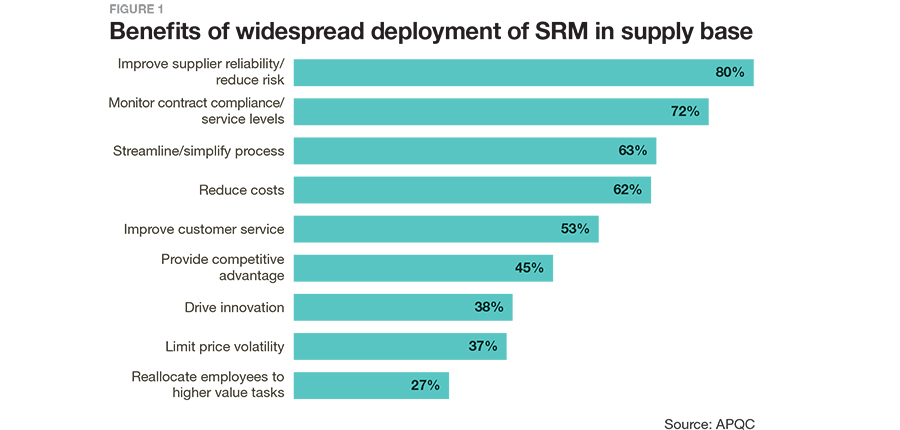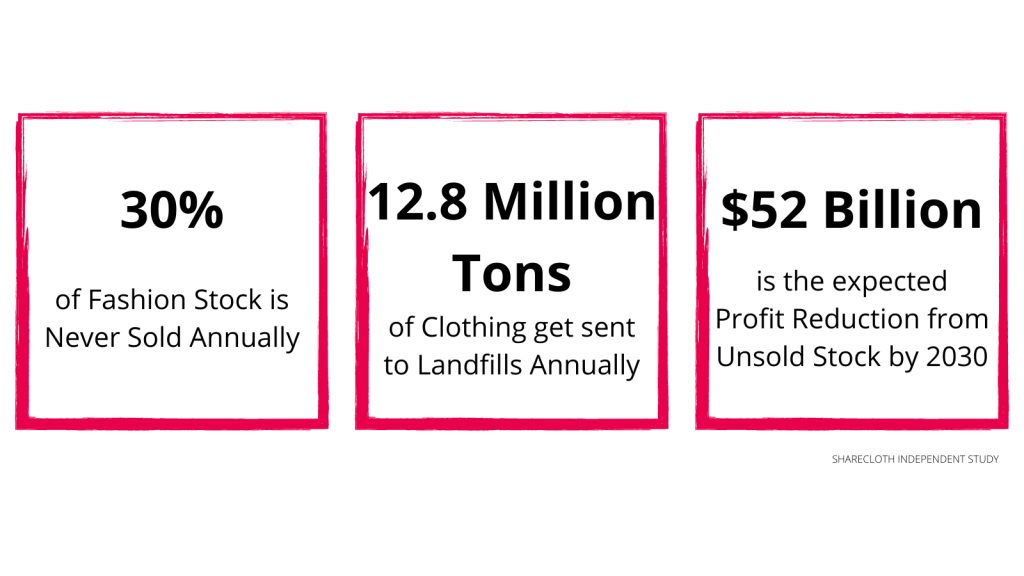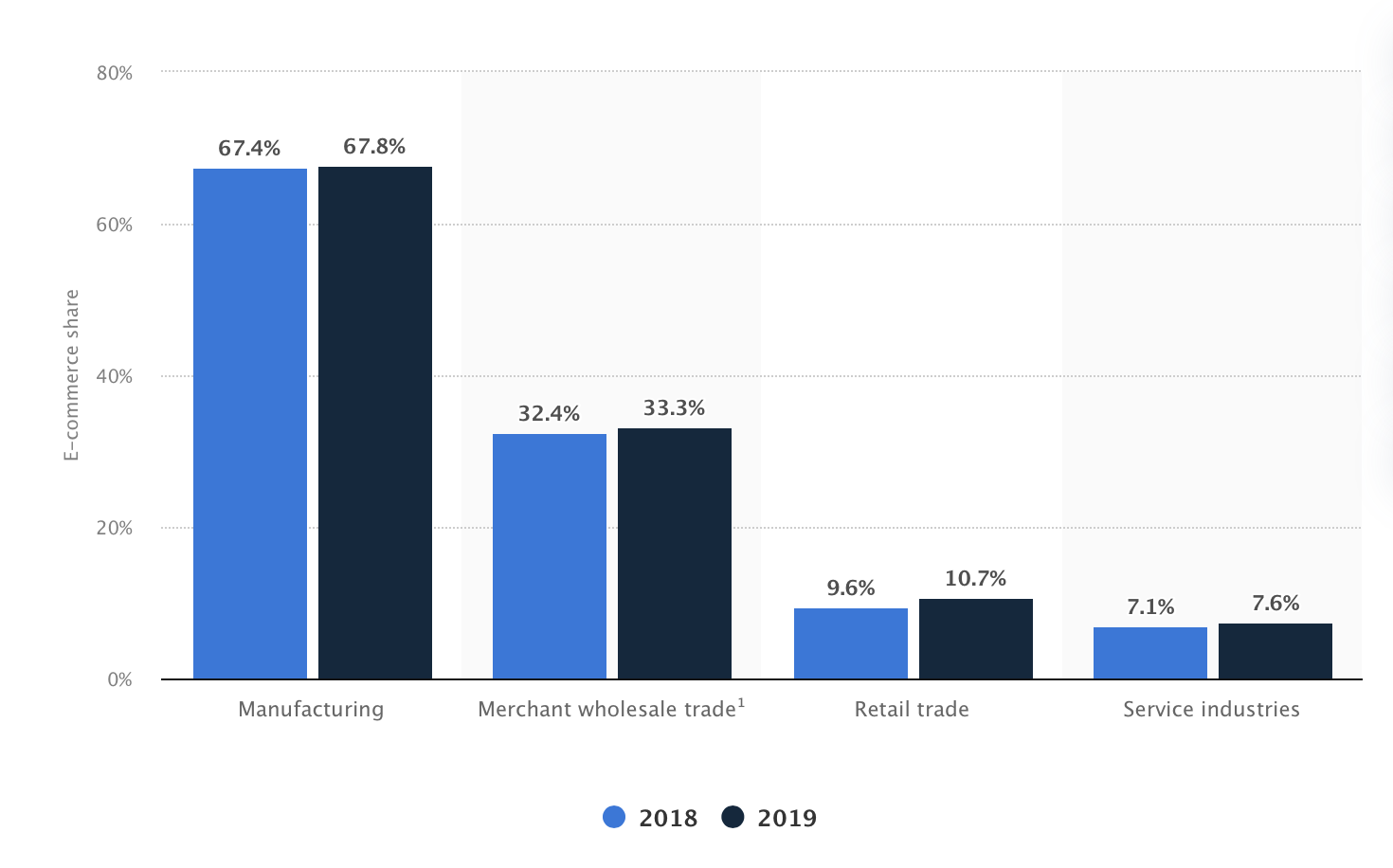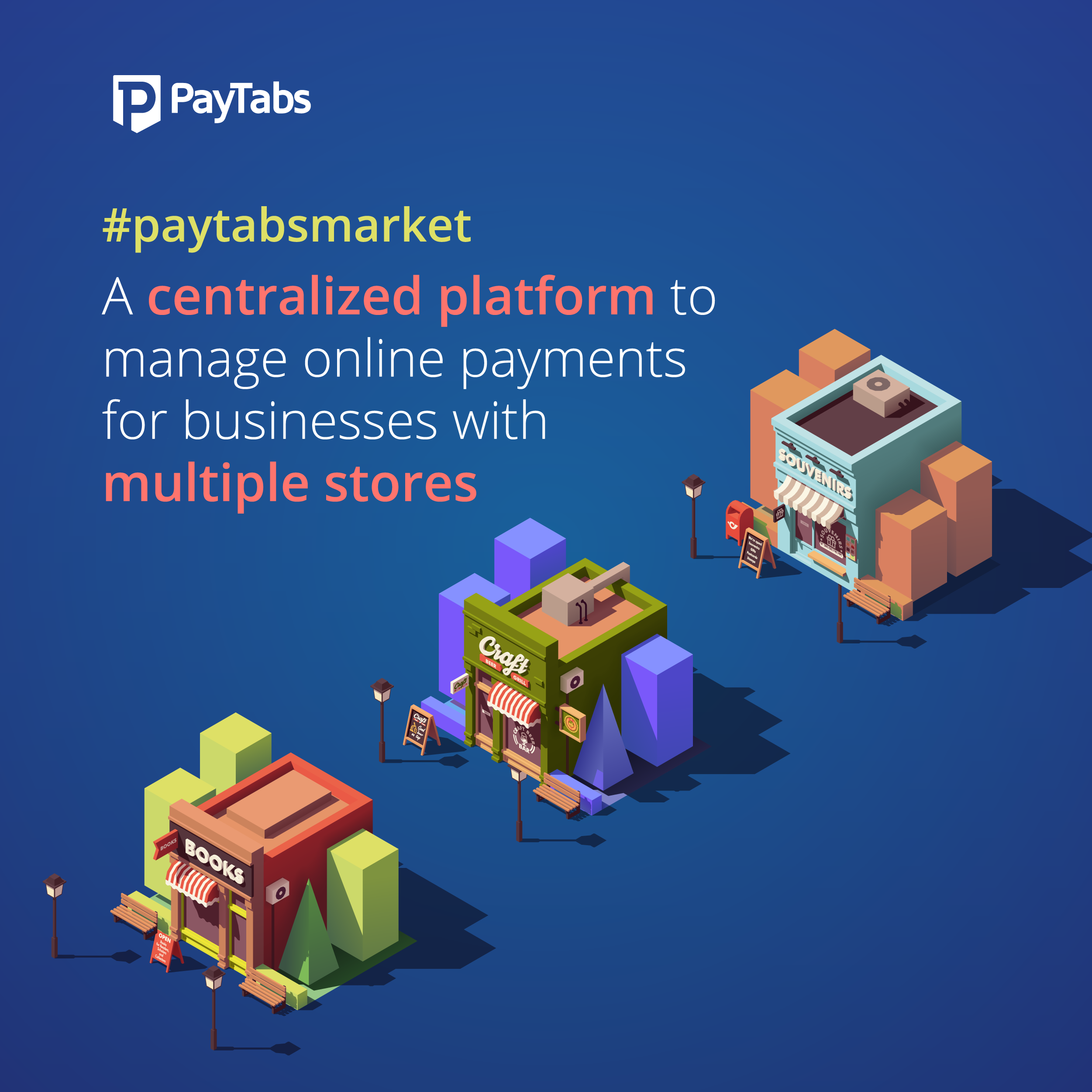Running an enterprise business is an incredibly competitive trade that is constantly growing. New businesses are constantly emerging so competition will always exist. Therefore it’s important to do everything you can to stay at the top of your game.
If you’re getting all the traffic but no sales, something has clearly gone wrong.
It’s evident that more sales mean more income for your company. However, you need to ensure that you are using the finest marketing strategies to guarantee those sales.
Top-class marketing strategies are essential for improving your reach and scaling your business. Without them, your company may plateau and become obsolete.
This guide aims to make life easier for you when it comes to assessing why marketing methods to use to get the most benefits.
Here are 9 marketing strategies to help you grow your business and instantly boost your enterprise sales:
Offer incentives
The main aim of running an enterprise business is to receive regular orders from retailers. But, many retailers may be reluctant to continue giving you their custom if they don’t get anything in return. This is known as reciprocity marketing.
Incentives are benefits that are presented to retailers to encourage them to complete a task and continue purchasing your products or services.
For example, offering a referral incentive would urge retailers that regularly order from you to recommend your services to other retailers. If any of those retailers purchase something from you, the referee receives a reward such as free delivery or a discount on goods.
Promote limited offers
Promoting offers online is the best way to make them known. With over 86% of the global population now online, your posts won’t go missed. And if there’s a chance someone could miss out on a limited sale or product launch, they would jump on it straight away and make the purchase.
The same goes for retailers.
This will result in a drive in sales and the potential to gain regular custom. So, do some research to find out what your retailers really want and learn how to use reciprocity marketing to boost sales.
Promoting limited offers and discounts will ignite that fear of missing out inside your retailers and prompt them to make their purchase now rather than later.
This is a useful way to eradicate any hesitance retailers may have when it comes to placing an order with you. If they realize that they only have two hours left to secure a good deal on a product, they will certainly click that ‘pay now’ button.
Prioritize customer service
This may seem obvious, but some organizations don’t realize the importance of keeping their customers happy.
Word of mouth marketing is a good example of an extremely useful strategy; however, it is only possible if your existing retailers trust in your service and feel that you are reliable enough to recommend to others. If they trust in you, this can increase your conversion rate and boost your reputation.
To increase the quality of your service, try to be as attentive towards your retailers as you possibly can. Showing them how much they mean to your business will make them feel valued and they won’t hesitate to share this experience with other retailers.
You can also invest in improving the customer experience with your online platforms, and ordering processes. Making all interactions with your company as seamless as possible will ensure your retailers are always satisfied. This may require updating your system or incorporating AI for sales.
Doing this will not only enhance your sales figures, but it will also improve your retention rates.
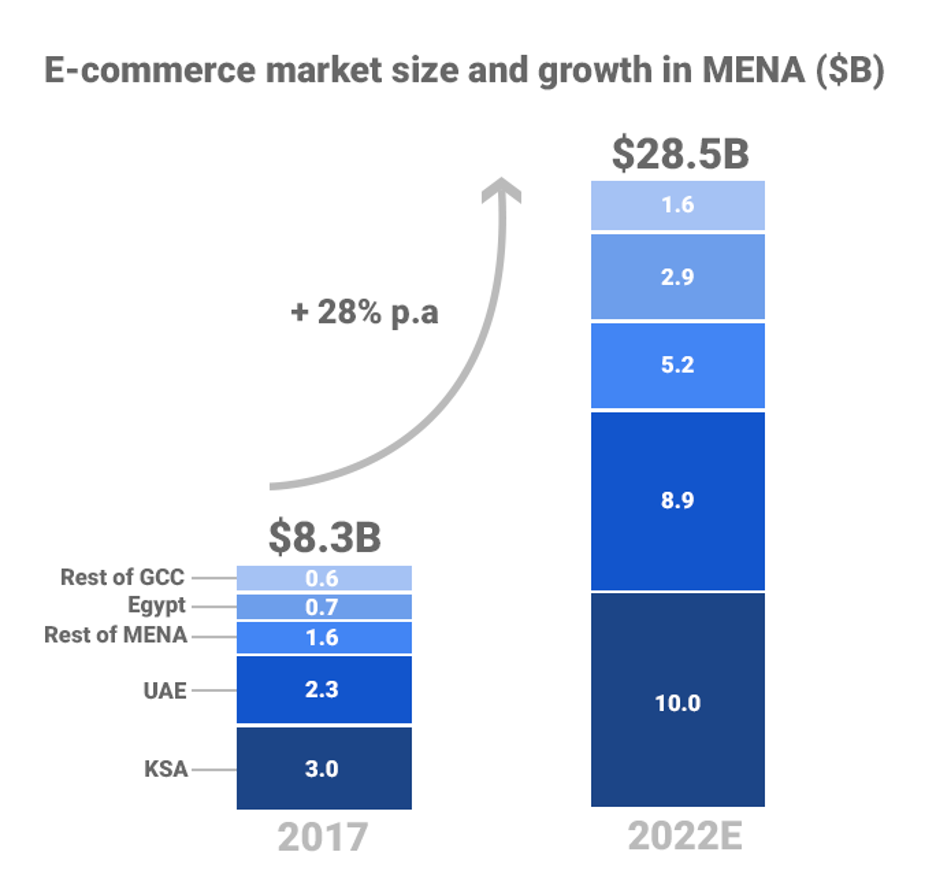
Image Source
Invest in SEO content
This strategy is especially important for securing purchases from new retailers.
A strong SEO strategy is crucial for getting your products and services out into the world, and it’s also important to incorporate it into your omnichannel marketing strategy. This will ensure your website and social media platforms are optimized to show on related internet searches.
This is essential for running a successful business as it will push your company’s online presence towards retailers looking for solutions you could potentially provide.
For example, let’s say a law firm in today’s society of remote working wants to optimize its content and include the phrase ‘virtual law’ in their next blog post. Whenever someone searches for that phrase, the law firm will show in the suggestions.
This is a useful method for increasing your reach which will inevitably increase your sales.
Attend trade shows
Attending (and actively participating) in trade shows is a very effective method for spreading awareness for your brand and increasing sales.
Trade shows are essentially meet-ups for enterprise and retailers (buyers and sellers), and they allow you to pitch your services directly to your target retailer. It would seem ridiculous not to take full advantage of these opportunities when they’re within your grasp.
By securing your place in a busy location and in an efficient time slot, you can boost your sales massively in very little time.

Image Source
Send out free samples
Sending out free product samples is a practical way of getting your brand out there and showing potential customers the quality products they are missing out on.
By providing free product samples, you will draw retailers’ attention to items they may not have previously known existed. This will allow retailers to try before they buy and can also help boost their trust in your business.
You will also be helping retailers as they can gauge how popular certain items will be with their customers before making a purchase.
You can even customize the samples to promote your newest or most popular products. This would help you boost sales in specific areas of your business.
Collaborate with social media influencers/celebrities
This is an incredibly useful marketing strategy that has gained traction over the last few years. It has been shown that 27% of shoppers in the Middle East have been influenced to buy a product following an endorsement from an influencer/celebrity. So it’s no wonder why most large enterprise are taking advantage of this marketing tactic.
Collaborating with popular celebrities or influencers can bring an immense level of interest to your brand and its products.
Members of the public are prone to purchasing products that are promoted by a public figure they admire, and retailers have no choice but to increase their stock levels to meet this demand. Consequently, if your products are in high demand from the public, retailers will be submitting orders left, right, and center.
Collaboration can take on many forms. From a paid promotion on the influencer’s online platform to a televised advertisement featuring a relevant celebrity. Any type of partnership (such as high ticket affiliate programs) will aid in growing your organization’s popularity and increasing sales figures.
Get listed on industry directories
Securing your place on industry directories is one of the most valuable marketing strategies on increasing brand awareness and boosting sales.
By featuring on these directories, you will be making your business known to many professionals in your industry. All important details such as contact details and business purposes will be featured on the list to give readers all the information they require.
This is an easy strategy as it will continue to work while you focus on other marketing details. The list will always be available so you don’t have to worry about amending it unless any important business details change.
This will make it easy for retailers to locate your company and place an order at any time.
Depending on the directory, this strategy can also be one of the most effortless ways to save money for your business.
Create an email list
Setting up an email list is an often undervalued marketing strategy however, it can help increase enterprise sales hugely.
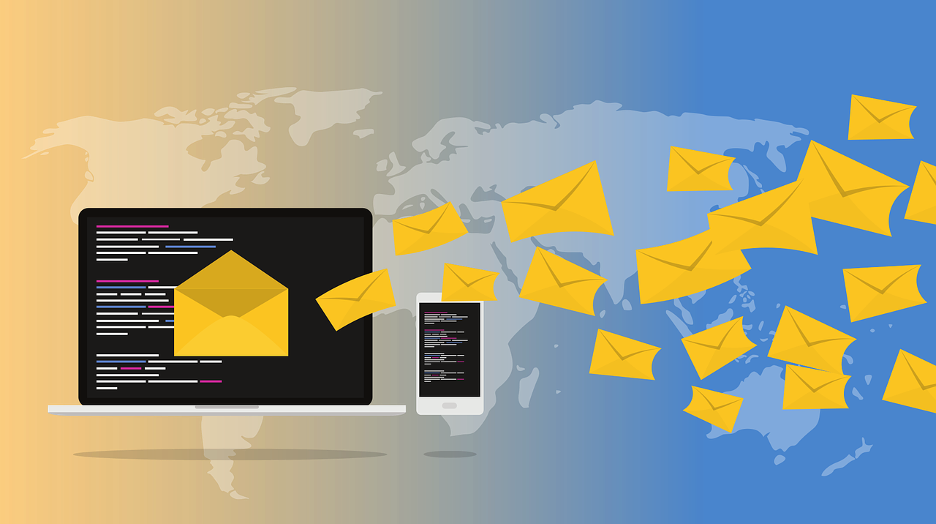
Image Source
Sending regular emails to your existing retailers is a practical way of keeping them updated on available products, offers, and events. For example, if you’re attending an upcoming trade show, make relevant retailers aware of this.
Emails can be customized to suit the recipient to make them feel valued. This will result in a much better reaction than generic, bulk emails that are almost instantly detailed.
If you are hosting a regional offer you can filter which retailers receive certain emails. Let’s say you are promoting a limited offer that ends at a specific time. You can send customized emails to all retailers to ensure time differences are taken into account. For instance, all emails linked to .au domains will show a different end time for the limited offer than those linked to .qa domains.
By sending emails to launch new products or promote existing items, you will make it easy for retailers to make a purchase.
The bottom line
The above nine marketing strategies are extremely useful for boosting enterprise sales and increasing awareness for your brand.
Running an enterprise business can be extremely rewarding. However, it requires a great deal of time and preparation. This article is here to help you by providing all answers you may have on increasing sales through marketing strategies.
Although all of these suggestions may not be applicable to your company, take what you need and reap the benefits. Whether you decide to launch a paid partnership with a well-known celebrity or attend your first trade show, your sales figures will be sure to rise in no time.

-Grace Lau is the Director of Growth Content at
Dialpad small business phone services, an AI-powered cloud communication platform for better and easier team collaboration. She has over 10 years of experience in content writing and strategy. Currently, she is responsible for leading branded and editorial content strategies, partnering with SEO and Ops teams to build and nurture content. Here is her
LinkedIn


